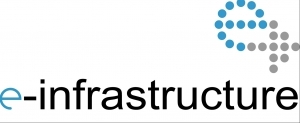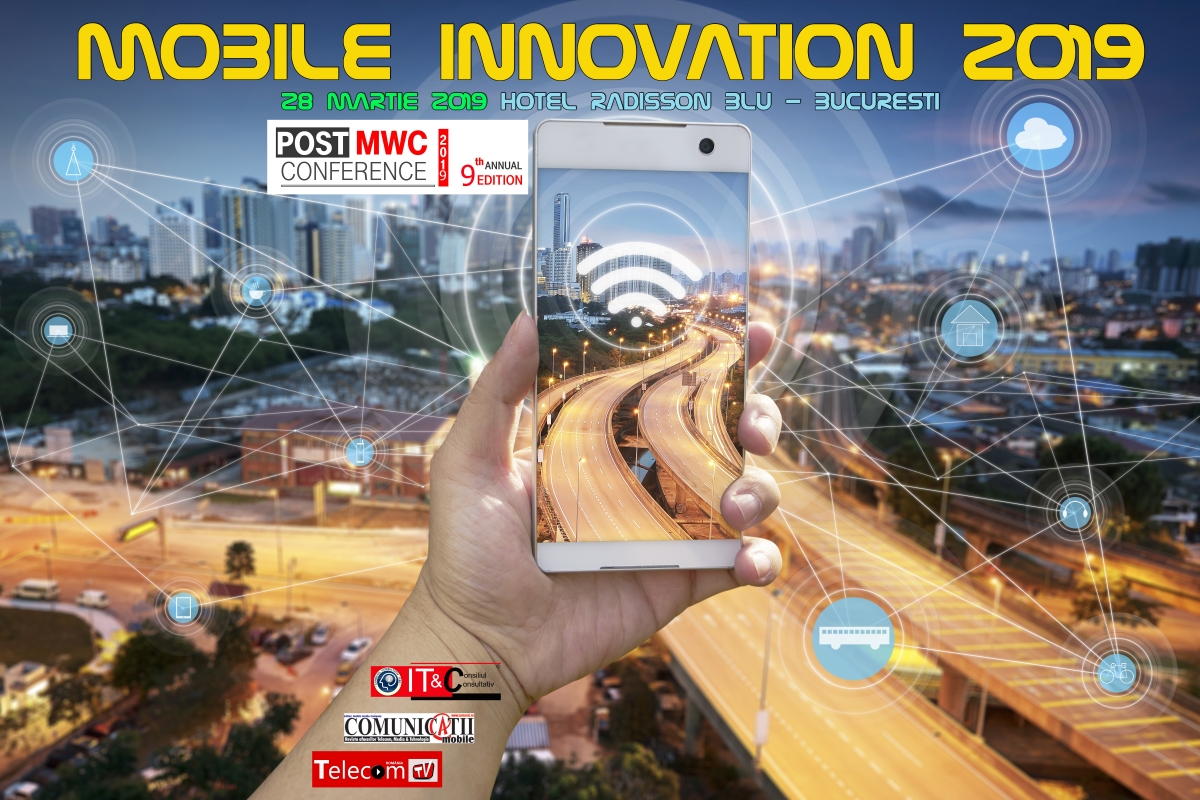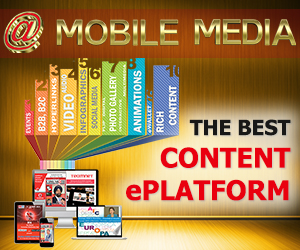
E-infrastructures use grid and cloud computing to harness the storage, processing and software functionality of a multitude of distributed resources. An e-infrastructure could be set up by a group of biology researchers, for example, to study a specific problem. Using an e-infrastructure, the biologists might create a Virtual Research Environment (VRE) for collaboration while harnessing grid computing resources to process information from one source and analyse it with data-mining software tools from another. But what if, during the course of their work, they want to cross-reference their data with information from other researchers using different data, software and computing systems, or even public open data resources?
'Integrating resources across different e-infrastructures is very difficult and time-consuming, and in many cases requires a new e-infrastructure to be built, which is neither time nor cost-effective,' explains Donatella Castelli, a researcher at the Institute of Science and Information Technology of Italy's National Research Council.
Interoperability between e-infrastructures in the D4Science-II Knowledge Ecosystem is provided in two ways: through the use of common standards among e-infrastructures and, most importantly, through so-called 'mediation frameworks.' The mediation frameworks consist of software that translates and transforms heterogeneous data and processes in such a way that they can be used in different contexts by different e-infrastructures, making cooperation possible. The backbone of the system is gCube, a scalable software framework that enables interoperability and which underwent testing by Hungarian project partner 4D SOFT.
The D4Science e-infrastructure not only aggregates resources and makes them interoperable but also offers them back to other e-infrastructures, allowing them to dynamically access data, software tools and computing power.
'D4Science-II has its origins in two earlier projects, DILIGENT and D4Science, which started developing infrastructures for digital libraries built on grid-enabled e-infrastructure. However, we saw that a lot of e-infrastructures already exist for specific purposes and realised that it is better to use the resources they have and make them work together, rather than building a new e-infrastructure each time. Our focus in D4Science-II therefore changed from enabling e-infrastructures to building an e-infrastructure ecosystem,' Dr. Castelli explains.





